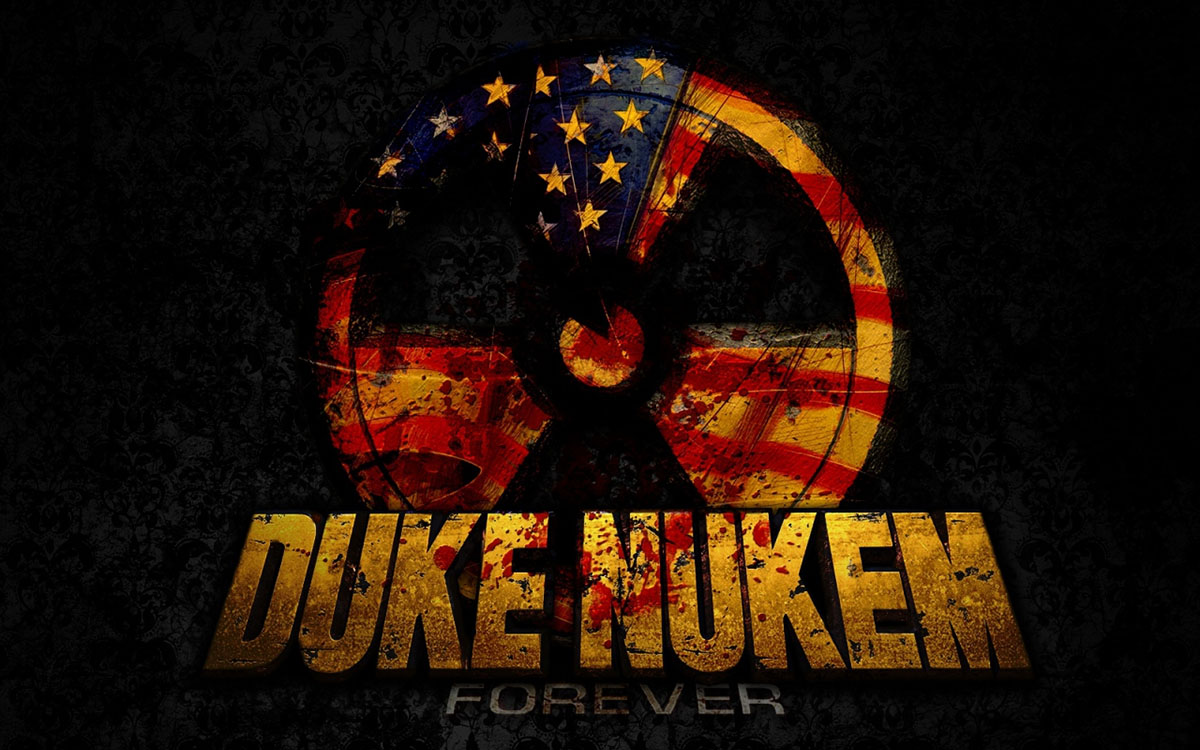why duke nukem is taking forever

When you think of games in the mid 1990s, you might remember that desktops were still home to pretty good first person shooters and of those first person shooters, one stood above the rest. It’s title? Duke Nukem 3D. After selling some 3.5 million copies and generating an enormous fan base, the makers of the game decided to create a sequel to be called Duke Nukem Forever, a disturbingly prophetic name for what would become of the project. More than a decade later, the game is still to get to the market. In fact, there’s no finished game to package in the first place and if a recent article in Wired is to be believed, it won’t be done for years to come.
You’ve probably heard the other, more commonly used title for this long awaited sequel; Duke Nukem Taking Forever, since it’s creators at 3D Relams have pushed back release date after release date until finally saying that the game will be done when it will be done. An article on Cracked.com noted that every time we heard the development team release any kind of ad or teaser for the game, there seems to be less and less finished; from three and a half minutes of gameplay in 1998, to about a minute and a half of cut scenes in 2001, down to a minute of Duke lifting dumbbells and blowing smoke into a radiation symbol with a few jump cuts to alien monsters thrown in for good measure in 2007 with nothing even remotely resembling game footage. Wired’s tech and science writer, Clive Thompson, provides an explanation as to why that’s the case.
You see, George Broussard, the man who ran the Duke Nukem project since its inception, was so obsessed with being on the cutting edge of gaming that he couldn’t stop upgrading the rendering engines and infusing new ideas into the level design. That meant huge pieces of the product had to be rewritten from scratch every time a new engine came out and levels were constantly being added or redesigned. Flush with cash and with no supervision from a publisher that could pull the carpet from under his feet, Broussard didn’t take no for an answer and kept Duke Nukem Forever a work in constant, endless project. For those of us who’ve worked in a development capacity, his quest to always be technologically ahead sounds insane. Technology advances on a very steep curve and while you’re trying to be the latest and greatest, someone comes up with a new tweak or a new rendering method. Trying to incorporate every programming and graphic innovation into your games means that all you will be doing is upgrading and rewriting rather than making a game.
So it’s no surprise that this is exactly what happened to Duke Nukem Forever and the development finally had to be shut down as people left and Take-Two Interactive, the publisher waiting to release the game, was done playing nice and tolerating Broussard’s inability to lock the project down and finish the product. Of course now, things get interesting as Take-Two is trying to gain control of the franchise, get whatever 3D Realms finished so far, and complete the game for release on a tight schedule and with strict oversight. They won’t be starting from scratch should they succeed, but it’s very likely that the end product will suffer as there’s nothing that can slow down work on a development project quicker than sending a team of coders to sift through others’ code. Every developer has his or her unique approach and style. Some are incredibly efficient. Others leave their bit somewhat messy and rough around the edges. Consolidating and debugging all this code is a very intensive job in and of itself. Should the Duke Nukem sequel ever come out, it won’t happen any time soon.
While Broussard’s and 3D Realms’ attitude might seem obviously flawed and the outcome of their approach isn’t a big surprise, you may be amazed how many times this happens in the business world. Thousands and thousands of companies design custom software to run their operations and then continue to ask for change after change to it, claiming that every one of their requests is crucial for the business. Even moving a button to another area of the screen. As a result, many enterprise applications are under endless construction until at a certain point, they give out an a brand new version has to be built to undergo the same fate. And since work on every new enterprise app never ends, countless bugs and glitches left over from the development phase are never actually fixed because as soon as one set of changes is done, another twenty come down the pipeline. For those of you working in IT or thinking of another change to submit to your company’s developers about the software you use every day, read the Wired article carefully and take it for what it really is. A word of caution.





